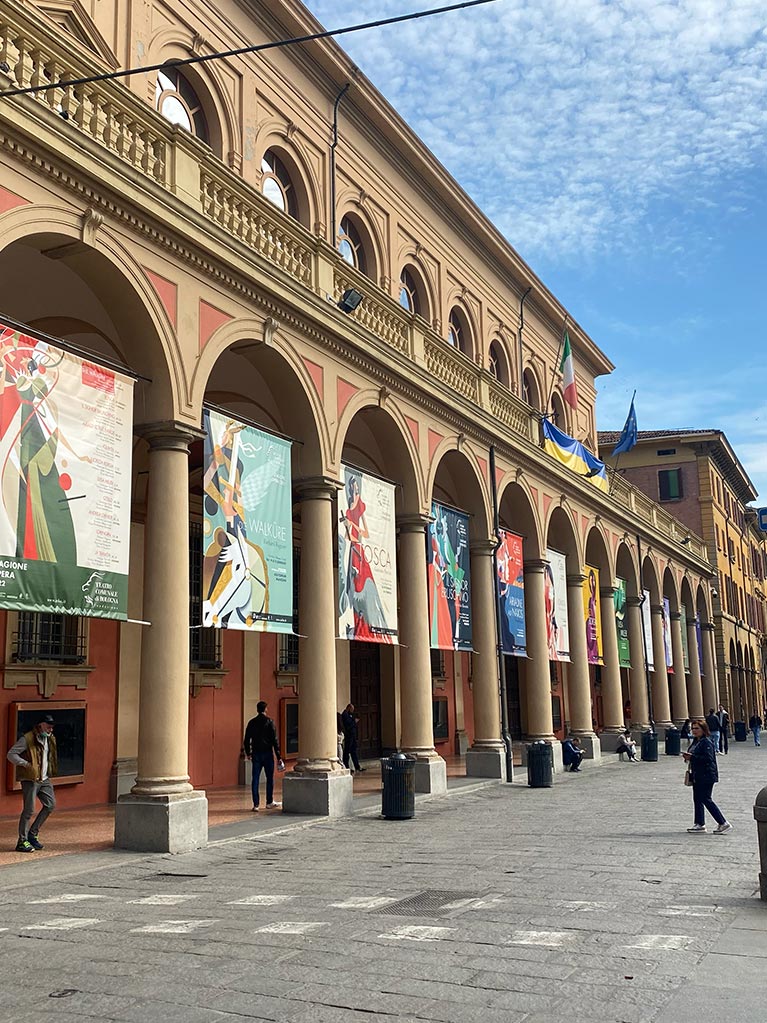Founded in 1088, the University of Bologna is widely recognized as the oldest university in the Western world. Bologna, a thriving medieval hub, attracted a diverse array of minds eager to engage in the exchange of ideas. As a result, various informal schools sprang up, laying the groundwork for the formal establishment of the university.
With its rich history dating back over nine centuries, this venerable institution has played a pivotal role in shaping the course of academia and has left an indelible mark on the world. Central to its legacy is the coining of the term 'universitas,' a word that has come to symbolize the collective pursuit of knowledge and academic community.
Birth of Universitas
The term 'universitas,' which has become synonymous with higher education institutions globally, finds its origins in the corridors of the University of Bologna. In the medieval Latin of the 11th century, the word 'universitas' referred to a corporation or guild, and it was initially used to describe the organized communities of teachers and students that were forming in Bologna. These communities represented a departure from the traditional master-apprentice model of education, as scholars sought to create a collective body that transcended individual disciplines.
The University of Bologna, with its diverse and inclusive approach to learning, became a pioneer in fostering a sense of community among scholars. The term 'universitas' encapsulated the idea of a unified body of teachers and students engaged in the pursuit of knowledge across various disciplines. This revolutionary concept laid the foundation for the modern university system, emphasizing the importance of collaboration and shared intellectual endeavors.
The Rise of the University
Throughout the medieval period, the University of Bologna flourished as a center of learning, attracting students from across Europe. Its reputation for academic excellence and innovation drew scholars eager to study law, philosophy, medicine, and theology. Bologna's emphasis on academic freedom and self-governance further distinguished it from other educational institutions of the time.
The university's impact on legal education, in particular, was profound. The influential Bolognese legal scholars developed the 'studium' method, a precursor to the modern lecture system. This innovative approach allowed for a systematic study of law and laid the groundwork for legal education practices that persist to this day.
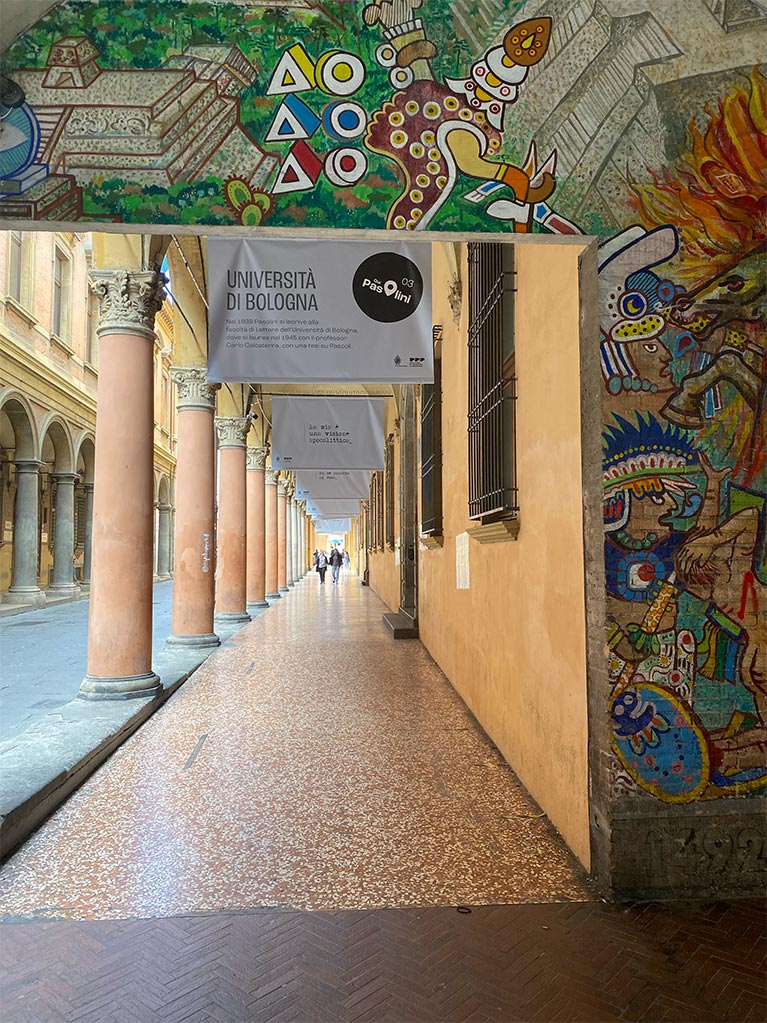
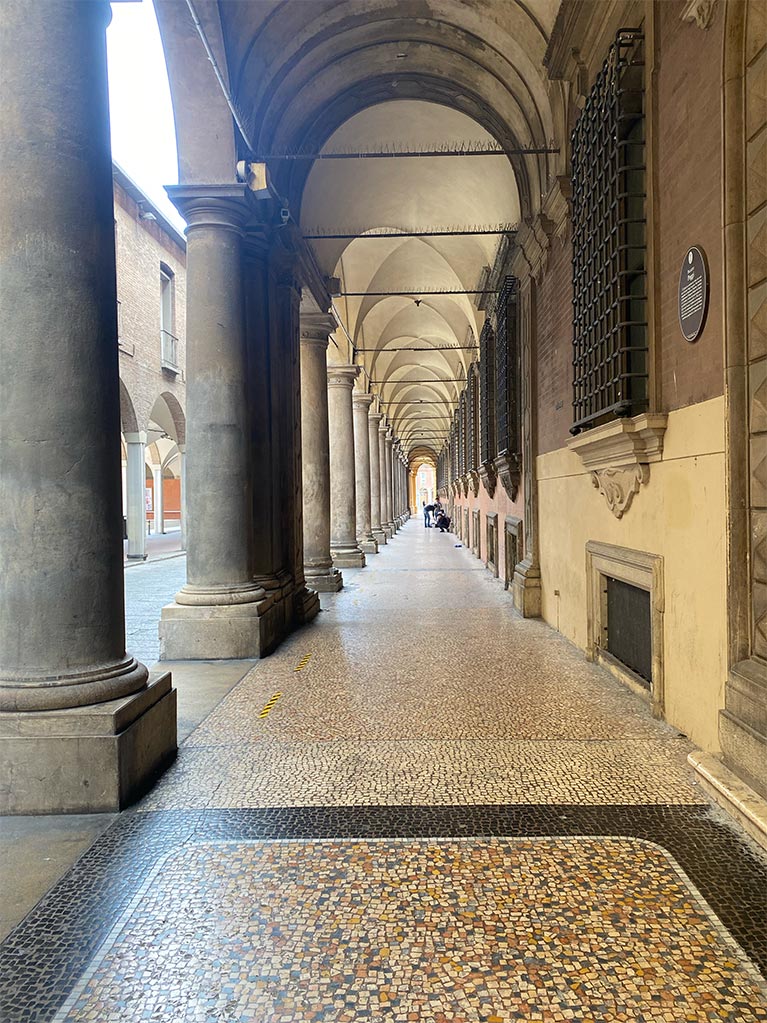
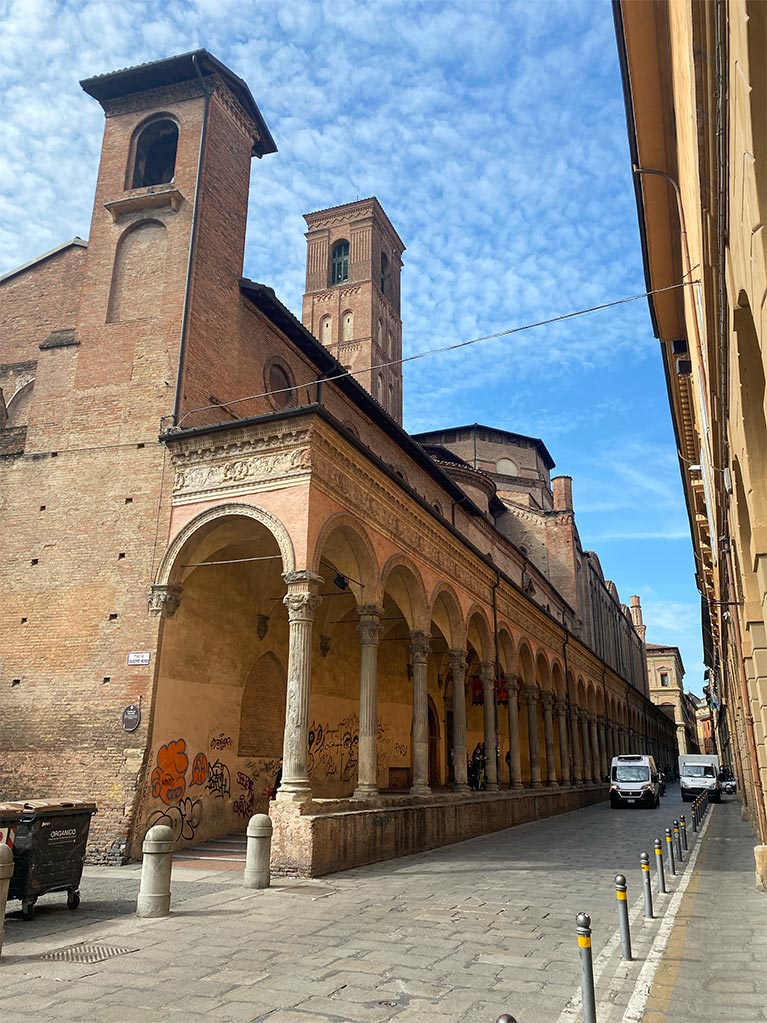
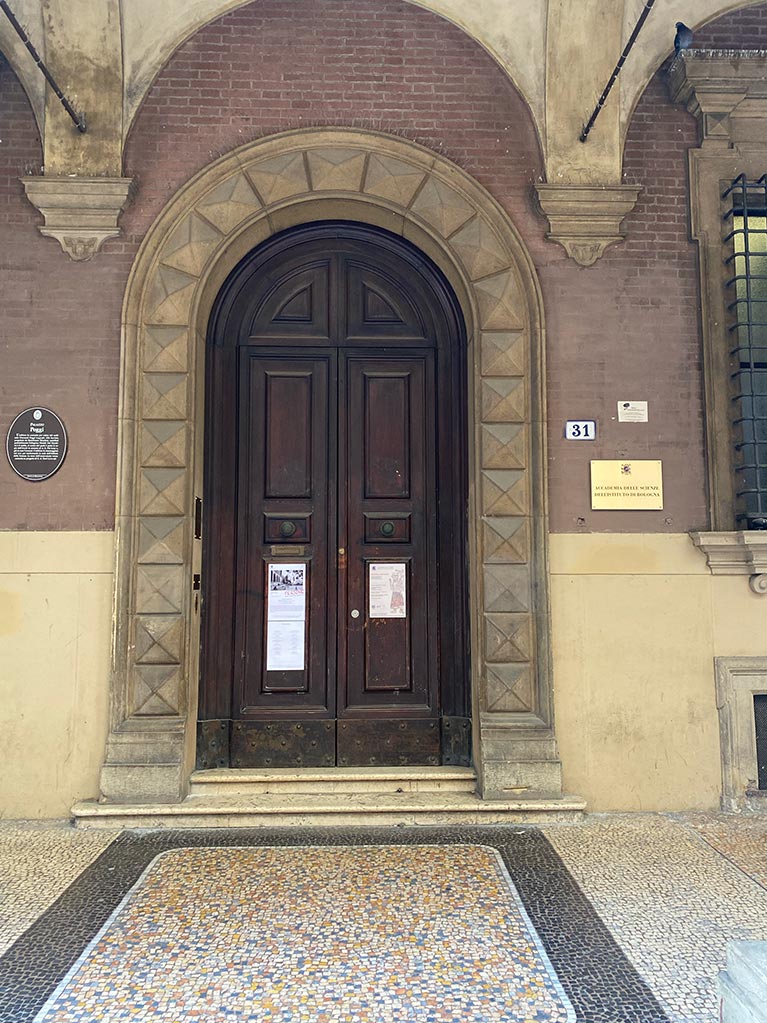
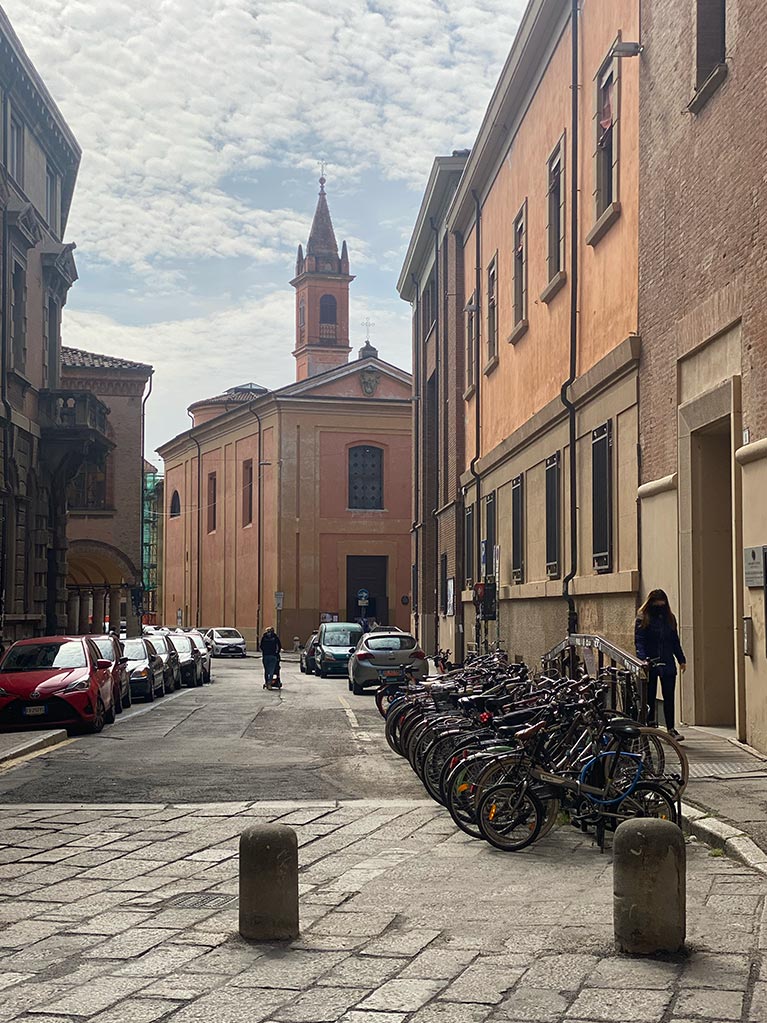
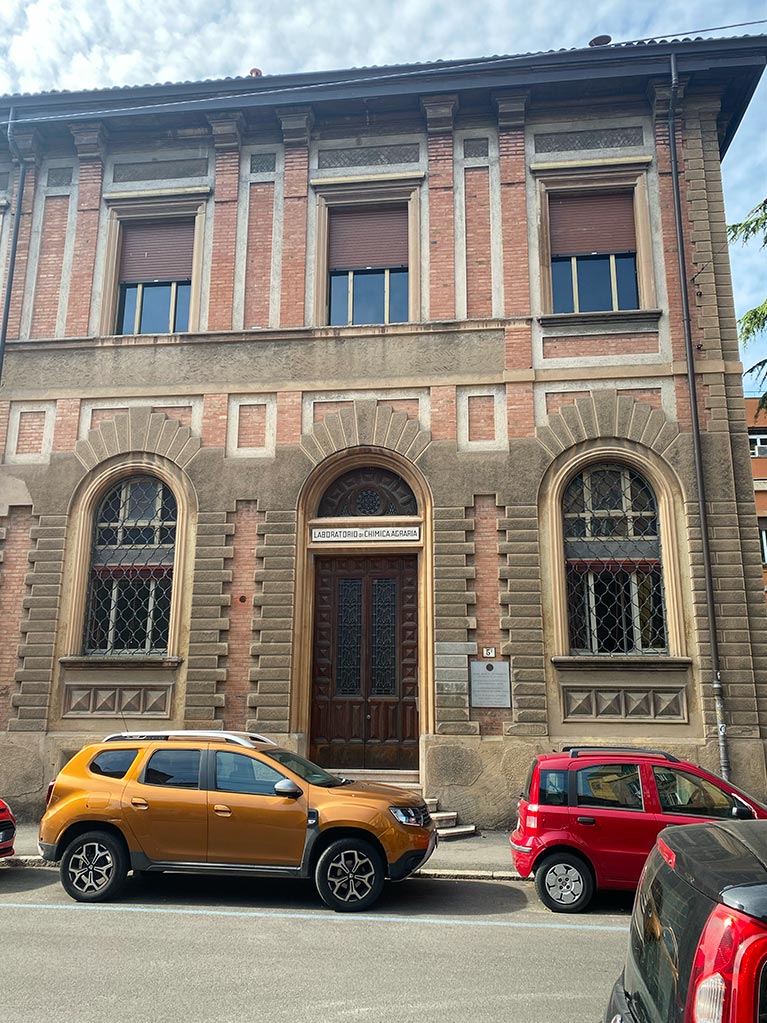
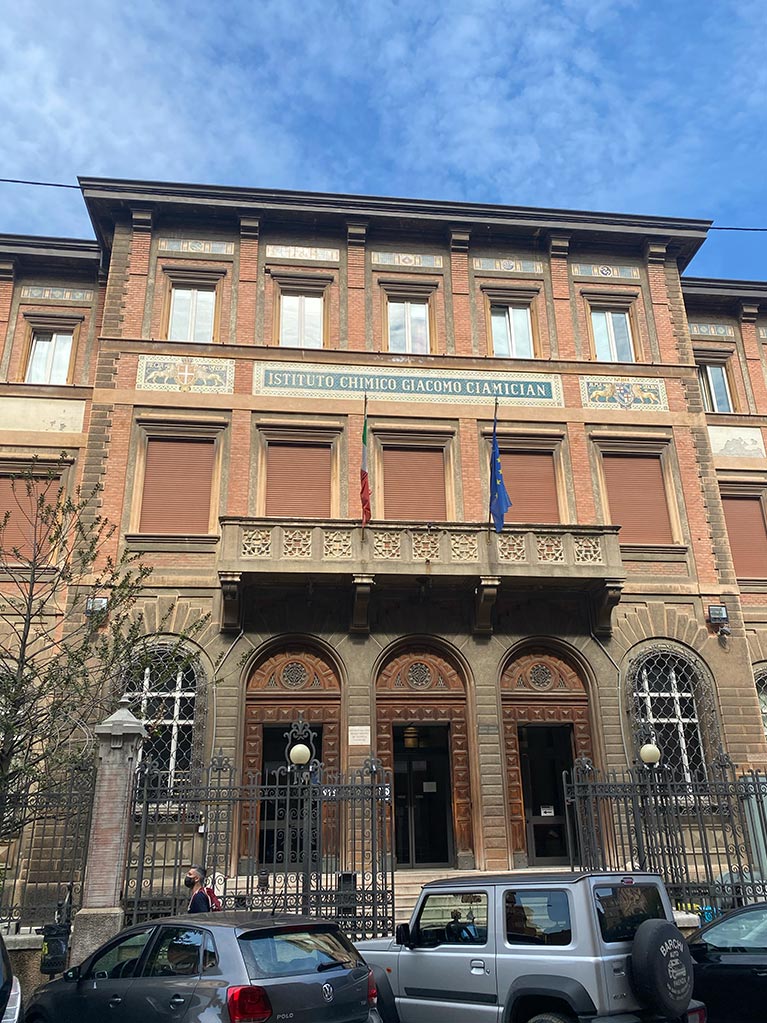
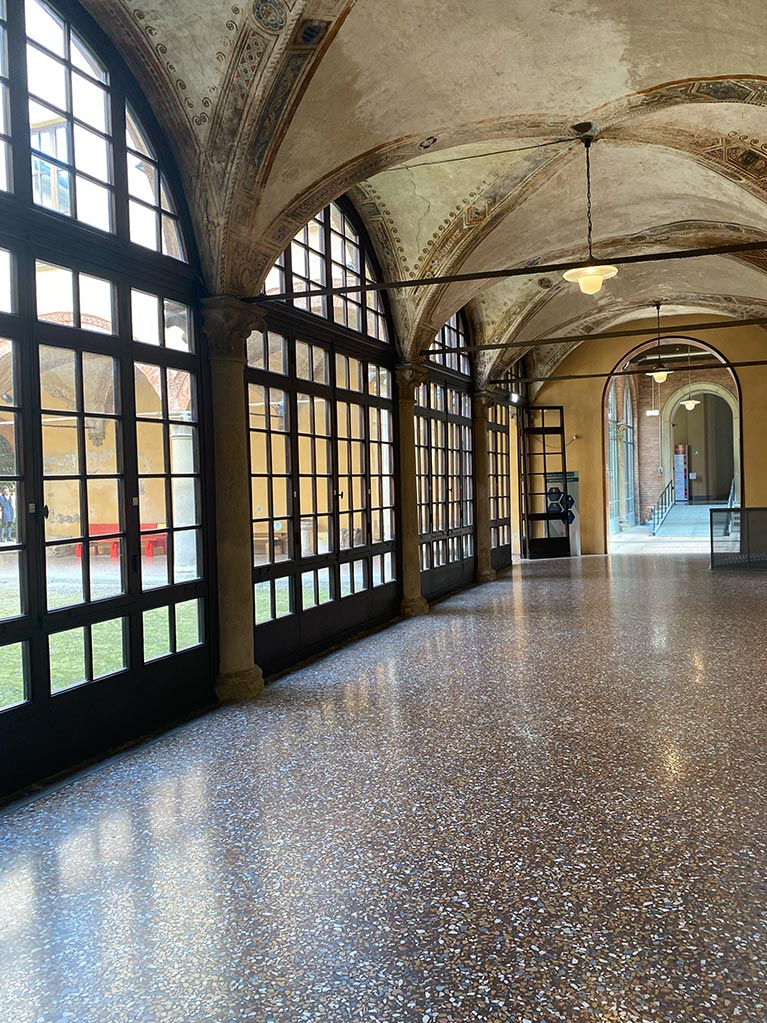
Architectural Icons
The University of Bologna boasts an impressive array of architectural gems that stand as witnesses to its storied past. The Archiginnasio, a magnificent palace built in the 16th century, served as the university's main building for centuries. Its grand halls and ornate decorations pay homage to the institution's commitment to scholarship and the pursuit of knowledge.
Another iconic structure is the Torre degli Asinelli, one of the two towers dominating Bologna's skyline. Built in the 12th century, the tower served both as a symbol of the city's prosperity and as a lookout point for astronomical observations. These architectural wonders not only enhance the university's physical presence but also serve as reminders of its enduring legacy.
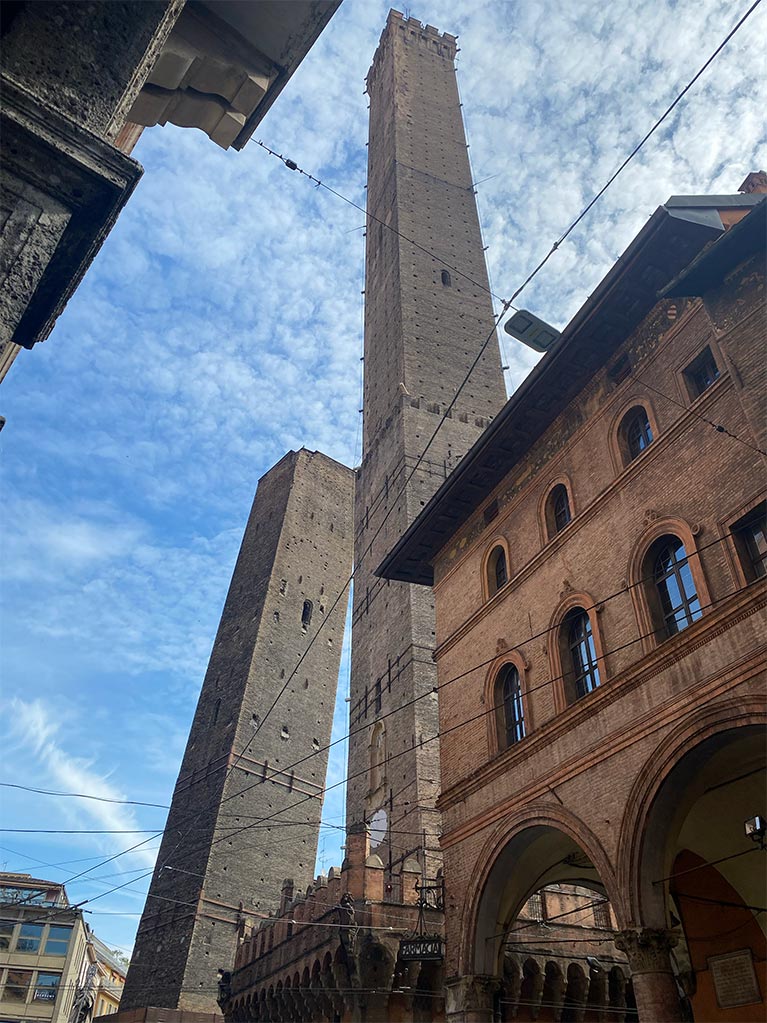
Modern Prestige
The University of Bologna continues to thrive in the 21st century, maintaining its reputation for academic excellence and research innovation. With multiple campuses and a diverse range of programs, the university remains a global leader in various fields.
Book a tour through Bologna!
Bologna holds nothing back when it comes to great wine and unbelievable food.. I did a Tagliatelle alla Bolognese course and learned the chef's great great grandma's recipe. It was just me and him so it was fun to cook all morning with a true Italian chef and ask all the questions I want. We cooked, ate, talked and drank wine in an old alley in Bologna. Nothing better...

